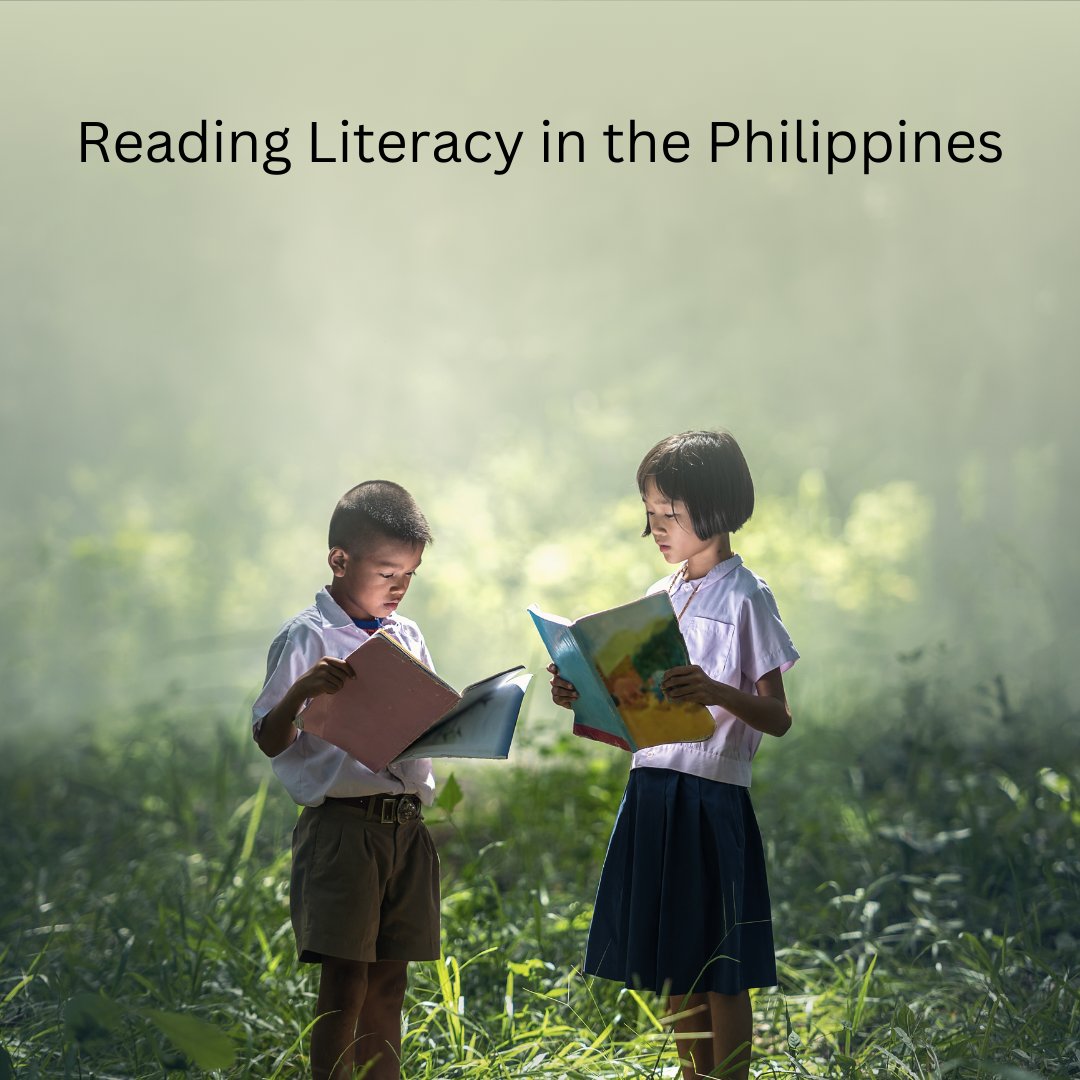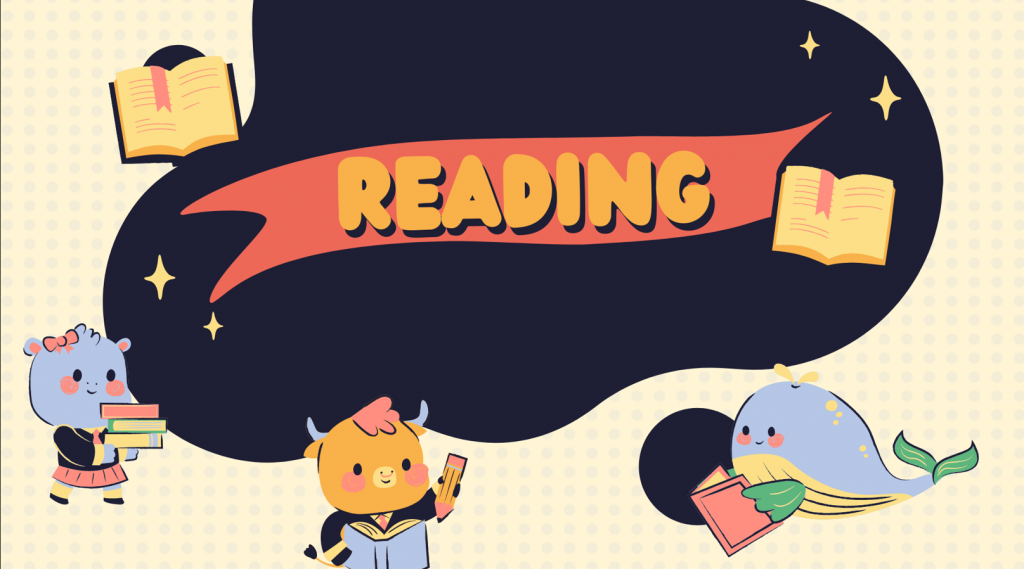Physical Address
304 North Cardinal St.
Dorchester Center, MA 02124
Physical Address
304 North Cardinal St.
Dorchester Center, MA 02124

In recent years, the topic of reading literacy in the Philippines has taken center stage as educators, policymakers, and communities rally to improve the nation’s educational outcomes. The importance of reading literacy cannot be overstated; it forms the bedrock of lifelong learning and personal development. Despite numerous challenges, significant strides have been made in fostering a culture that values and promotes reading among Filipinos of all ages.

Reading literacy in the Philippines remains a pressing concern, especially among young learners. The country faced a stark reality when international assessments revealed that Filipino students lagged behind their global peers in reading proficiency. The 2018 Programme for International Student Assessment (PISA) results, which ranked the Philippines last among 79 participating countries in reading, served as a wake-up call. This alarming statistic underscored the urgent need for comprehensive strategies to address literacy challenges.
Despite these sobering figures, the Filipino spirit of resilience and determination shines through. Stakeholders across the nation have come together to tackle the issue head-on. Government initiatives, such as the Department of Education’s (DepEd) “Every Child a Reader” program, aim to ensure that every student achieves the required reading skills by Grade 3. This ambitious program provides targeted interventions, resources, and teacher training to support young readers.
Beyond governmental efforts, grassroots initiatives play a crucial role in enhancing reading literacy in the Philippines. Community-driven programs often have a profound impact, as they address the unique needs and challenges of local populations. Organizations like the Philippine Business for Social Progress (PBSP) and the National Book Development Board (NBDB) have launched various projects to promote reading and literacy.
One notable initiative is the establishment of community libraries in remote and underserved areas. These libraries serve as havens for children and adults alike, offering access to a wide range of books and reading materials. The presence of a library within a community can ignite a love for reading and provide opportunities for educational advancement.
Another inspiring example is the “Book Nook” project, which places mini-libraries in public spaces such as parks, markets, and transport terminals. This innovative approach brings books closer to the people, making reading a convenient and enjoyable activity. By placing books in the hands of individuals from all walks of life, these projects contribute significantly to improving reading literacy in the Philippines.
In today’s digital age, technology offers valuable tools to enhance reading literacy in the Philippines. Educational technology (edtech) solutions provide interactive and engaging platforms for learning. Apps and e-books make reading accessible to a broader audience, especially in a country where internet penetration continues to grow.
Edtech companies, in collaboration with educational institutions, have developed programs that cater to diverse learning needs. These digital platforms offer a wealth of resources, from interactive storybooks for young readers to comprehensive reading comprehension exercises for older students. The integration of technology in literacy education ensures that learning remains relevant and engaging for today’s tech-savvy generation.
Moreover, social media campaigns and online reading communities foster a culture of reading and literacy. Platforms like Facebook and Instagram host book clubs, reading challenges, and live storytelling sessions that encourage participation and engagement. These digital communities bridge geographical gaps and connect readers from different parts of the country, further promoting reading literacy in the Philippines.
While progress has been made, significant challenges persist in the quest to improve reading literacy in the Philippines. Socioeconomic disparities, limited access to quality education, and inadequate reading materials in public schools hinder efforts to achieve universal literacy. Addressing these issues requires a multi-faceted approach and sustained collaboration among all stakeholders.
Investing in teacher training and professional development remains critical. Teachers play a pivotal role in nurturing a love for reading among students. Providing them with the necessary skills and resources ensures that they can effectively support and inspire young readers.
Furthermore, fostering a reading culture at home complements school-based efforts. Parents and caregivers serve as the first educators, and their involvement in a child’s literacy journey significantly impacts their reading development. Encouraging reading at home, whether through shared reading activities or providing access to books, reinforces the importance of literacy from an early age.
Reading literacy in the Philippines stands at a crucial juncture. The collective efforts of government agencies, community organizations, educators, and families pave the way for a brighter future. By prioritizing literacy and embracing innovative solutions, the nation can empower its citizens with the skills and knowledge needed for lifelong learning. As the Philippines continues its journey towards improving reading literacy, the hope for a literate and educated society grows ever stronger.